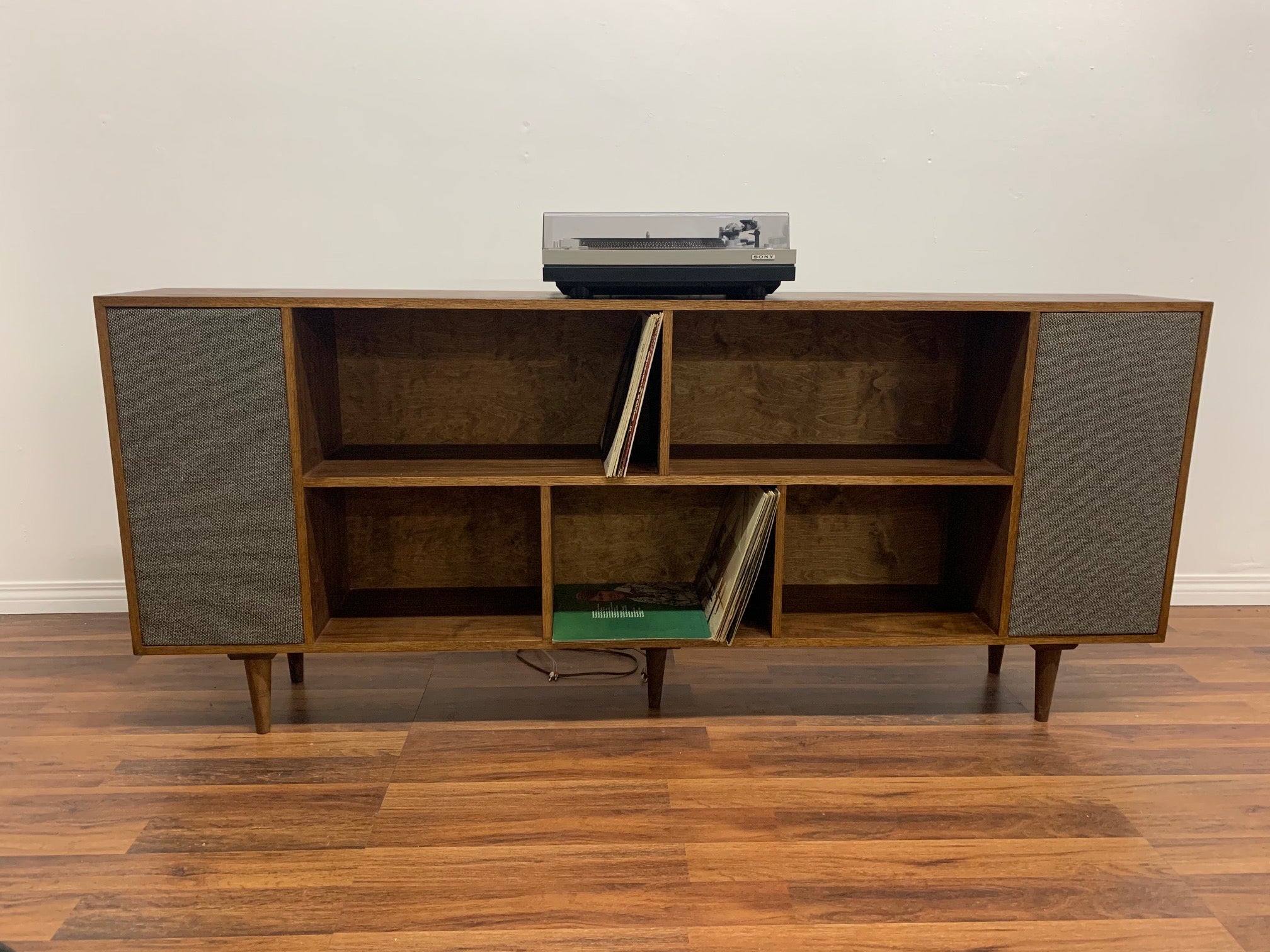Design & Aesthetics of Asian Style Media Cabinets

Asian-style media cabinets represent a fascinating blend of artistry, functionality, and cultural heritage. Their designs reflect centuries of tradition, incorporating materials and techniques passed down through generations. Understanding these elements allows for a deeper appreciation of the craftsmanship and cultural significance embedded within these pieces.
Typical Design Elements of Asian-Style Media Cabinets
The aesthetic appeal of Asian-style media cabinets stems from a careful selection of materials, finishes, and decorative elements. These choices are often deeply rooted in the cultural context of their origin.
- Materials: Common materials include hardwoods like teak, rosewood, and cherry, prized for their durability and rich tones. Bamboo and lacquered wood are also frequently employed, contributing to the cabinet’s visual texture and longevity. Some modern interpretations might incorporate glass or metal accents.
- Finishes: Finishes range from polished high-gloss lacquers, showcasing the wood’s natural grain, to more matte, hand-rubbed finishes that emphasize a sense of age and patina. The application of lacquer, a time-honored technique, provides both protection and a luminous sheen.
- Carvings: Intricate carvings, often depicting floral motifs, mythical creatures, or auspicious symbols, are a hallmark of many Asian-style media cabinets. These carvings are not merely decorative; they frequently hold symbolic meaning within the specific culture of origin.
- Hardware: Hardware choices are often understated yet elegant. Simple, brass or bronze pulls and hinges complement the overall design, avoiding ostentation and maintaining a sense of refined minimalism.
Comparative Styles of Asian Media Cabinets, Asian style media cabinet
The styles of media cabinets vary significantly across different Asian countries, reflecting unique artistic traditions and cultural values.
| Country | Materials & Finishes | Decorative Elements | Overall Style |
|---|---|---|---|
| Japan | Natural wood (e.g., cherry, cedar), often with a simple, oiled finish. Lacquer is used sparingly. | Minimalist designs; subtle inlays or wood grain are emphasized. Occasionally features geometric patterns. | Clean lines, understated elegance, emphasis on functionality and natural beauty. |
| China | Various hardwoods (e.g., rosewood, teak), often with rich, polished lacquer finishes. Intricate carvings are common. | Intricate carvings depicting dragons, phoenixes, flowers, and other auspicious symbols. Often incorporates brass or bronze hardware. | Ornate, richly detailed, reflecting a sense of imperial grandeur and traditional symbolism. |
| Korea | Hardwoods (e.g., pine, oak) often with a simpler, more subdued finish compared to Chinese styles. | More restrained carvings than Chinese styles, often featuring geometric patterns or stylized floral motifs. | A balance between elegance and practicality, showcasing a more understated aesthetic than its Chinese counterpart. |
| Other Southeast Asian Countries (e.g., Vietnam, Thailand, Indonesia) | Wide variety of hardwoods, often with intricate hand-carved details. Lacquer finishes are prevalent. | Stylized floral and animal motifs, influenced by local mythology and beliefs. May incorporate mother-of-pearl inlay. | Varied styles, reflecting the diverse cultures and artistic traditions of the region. Often features bold colors and elaborate details. |
Evolution of Asian-Style Media Cabinet Design
The design of Asian-style media cabinets has evolved over centuries, reflecting changing artistic trends and technological advancements.
Asian style media cabinet – Early Period (Pre-20th Century): Characterized by handcrafted pieces made from locally sourced materials. Design was heavily influenced by religious and cultural beliefs. Intricate carvings and rich lacquer finishes were common, reflecting the high value placed on craftsmanship and artistry. Examples include elaborate cabinets from the Ming Dynasty in China or intricately carved chests from Japan’s Edo period.
Mid-20th Century: The introduction of mass production techniques led to more affordable and readily available cabinets. However, traditional craftsmanship was still valued, and many pieces retained elements of classic Asian design. Simpler designs emerged, reflecting a move towards modern aesthetics while still incorporating elements of traditional Asian artistry. The use of new materials, like plywood, became more common.
Late 20th and Early 21st Century: A fusion of traditional and modern styles emerged. Contemporary designers incorporated elements of Asian aesthetics into modern furniture designs. The use of new materials and technologies allowed for greater experimentation with form and function. Modern interpretations often retain traditional motifs but adapt them to contemporary living spaces. Many cabinets now integrate modern technology, such as built-in audio systems or hidden compartments for electronics.
